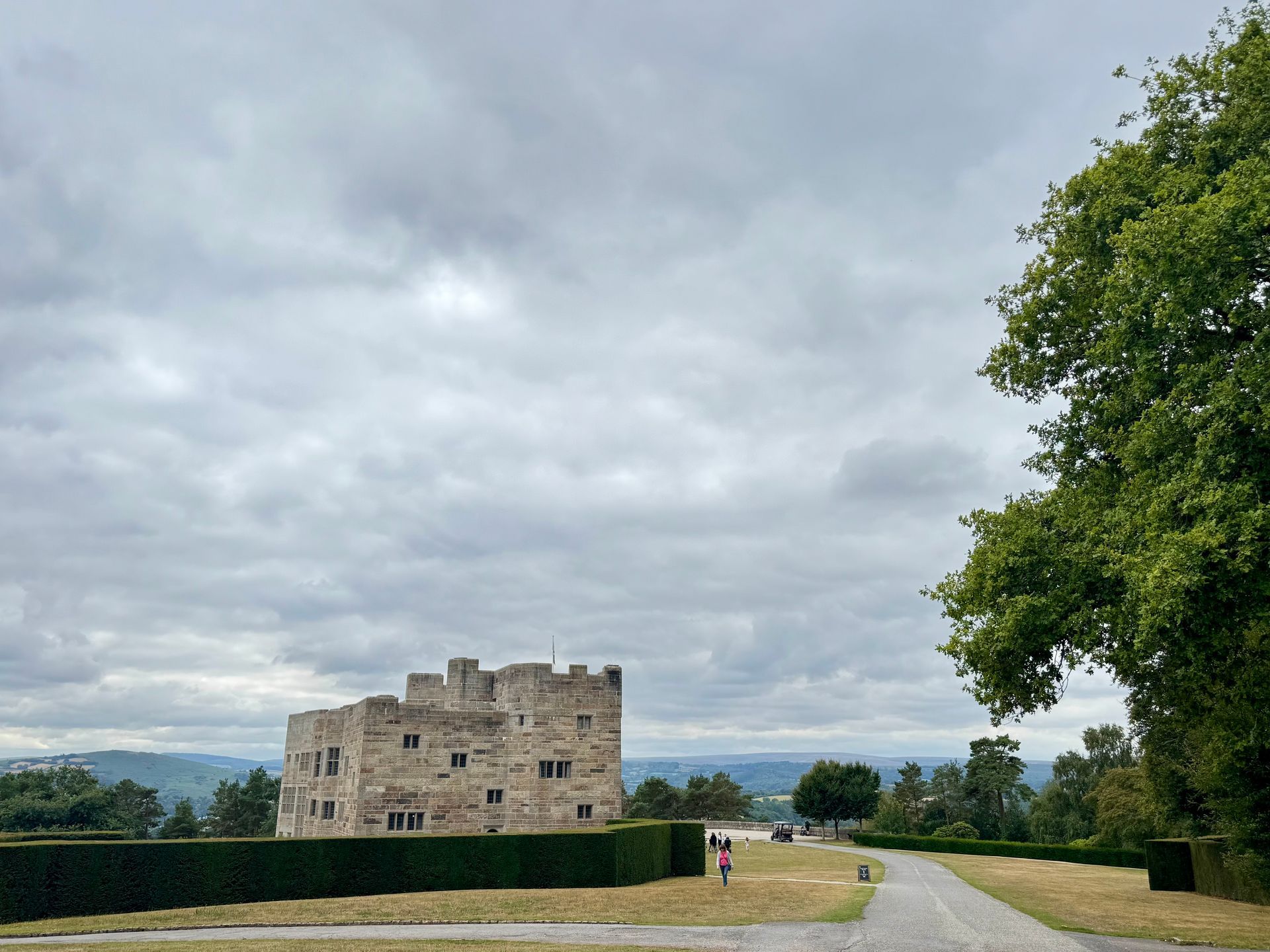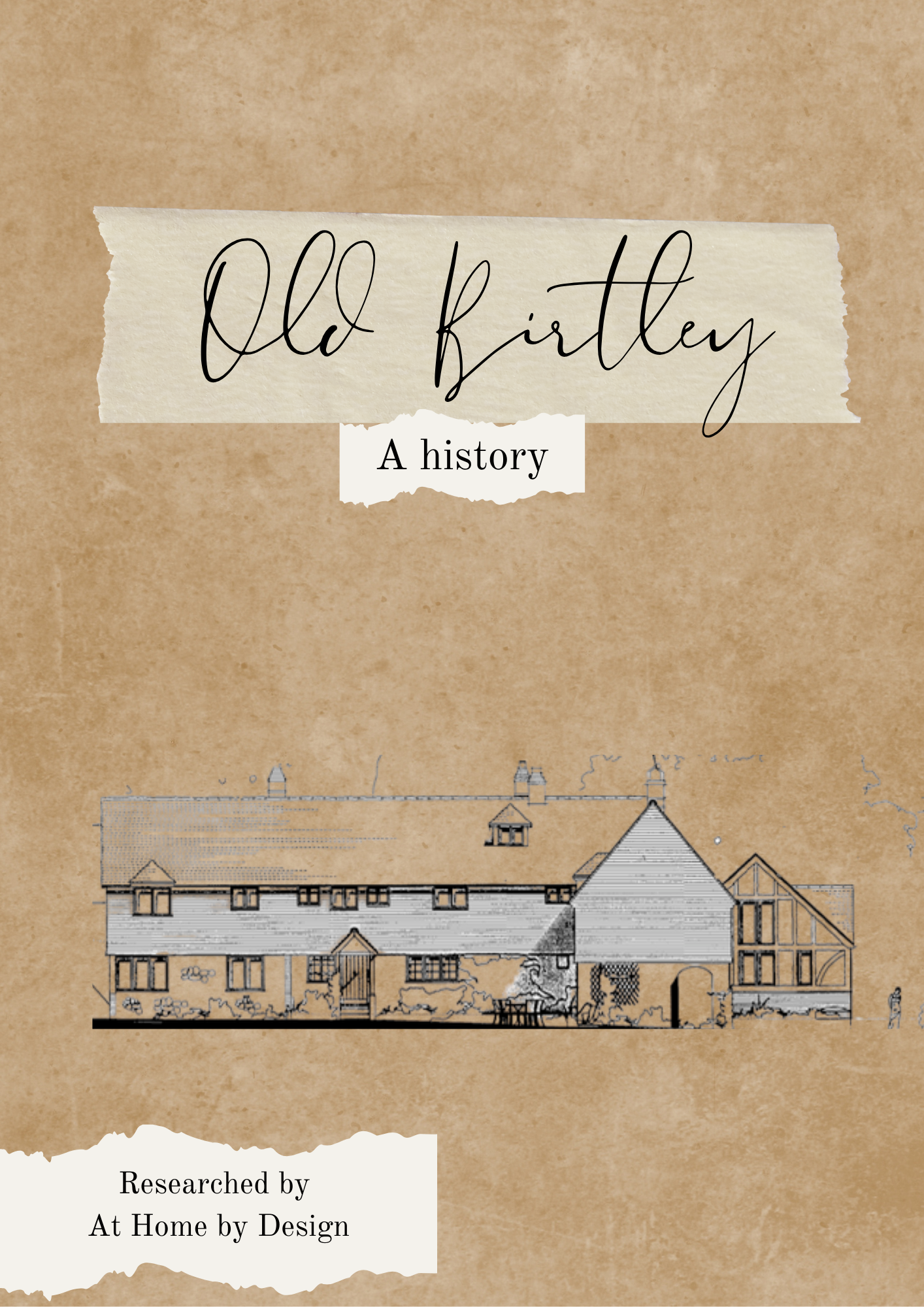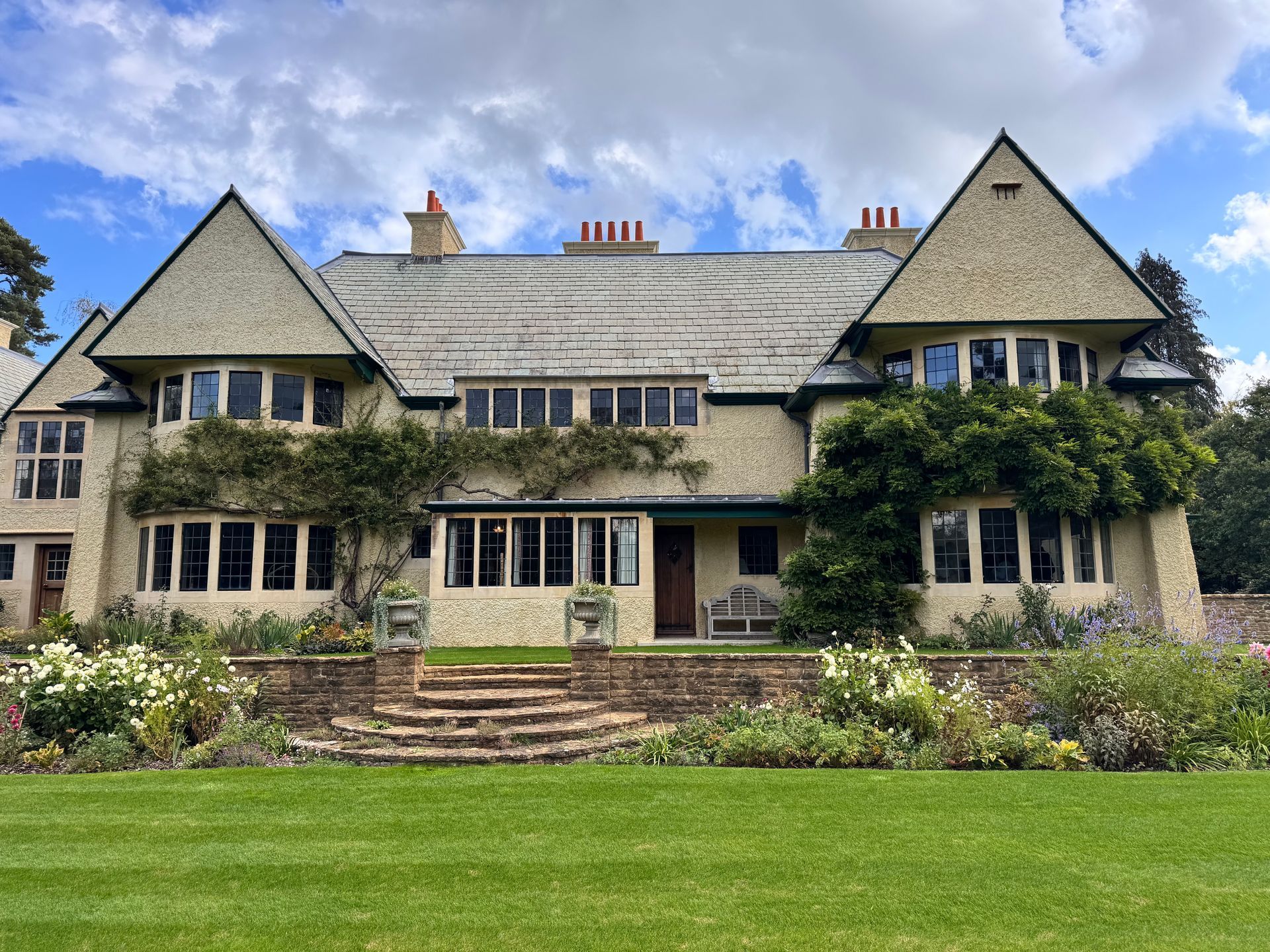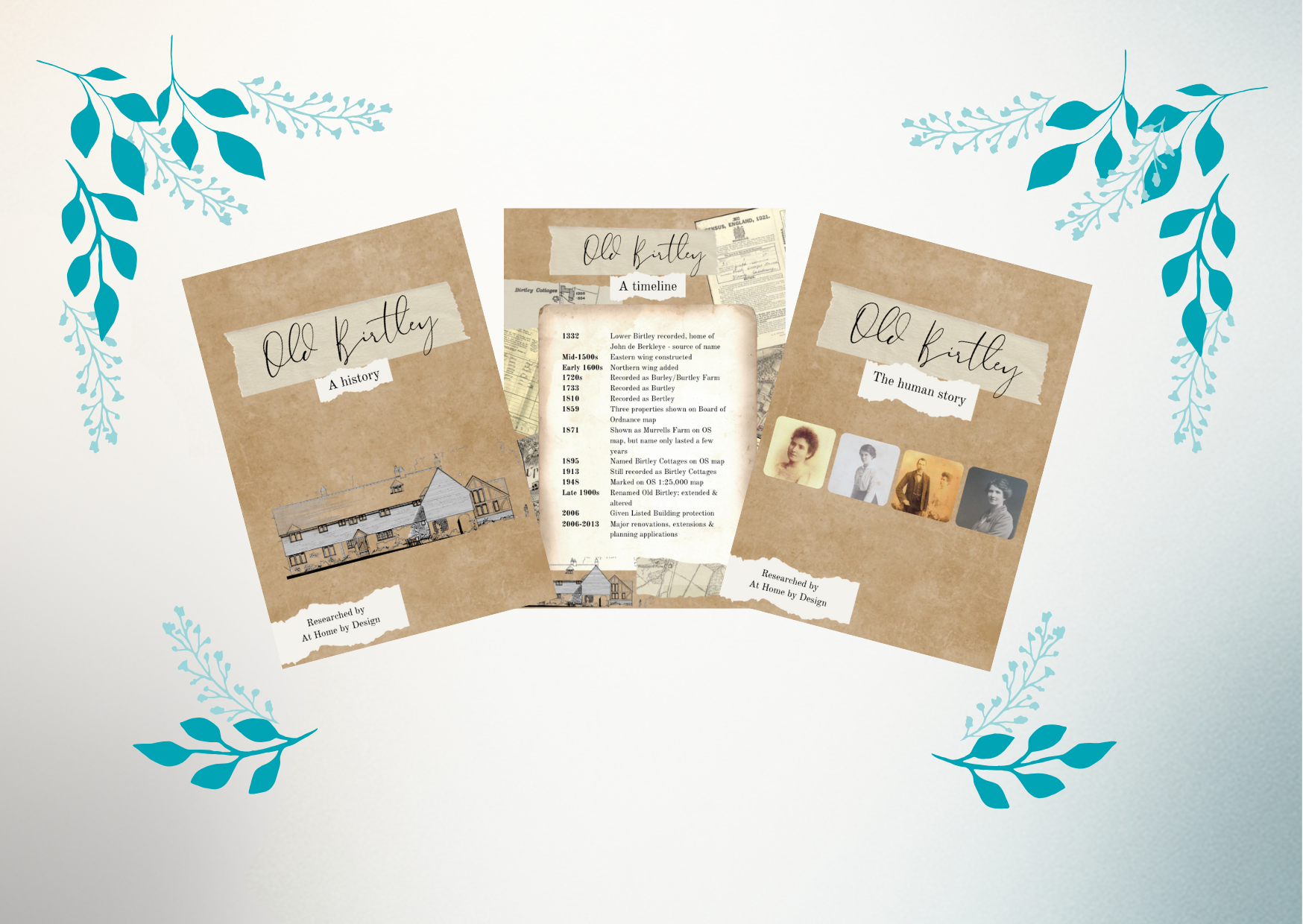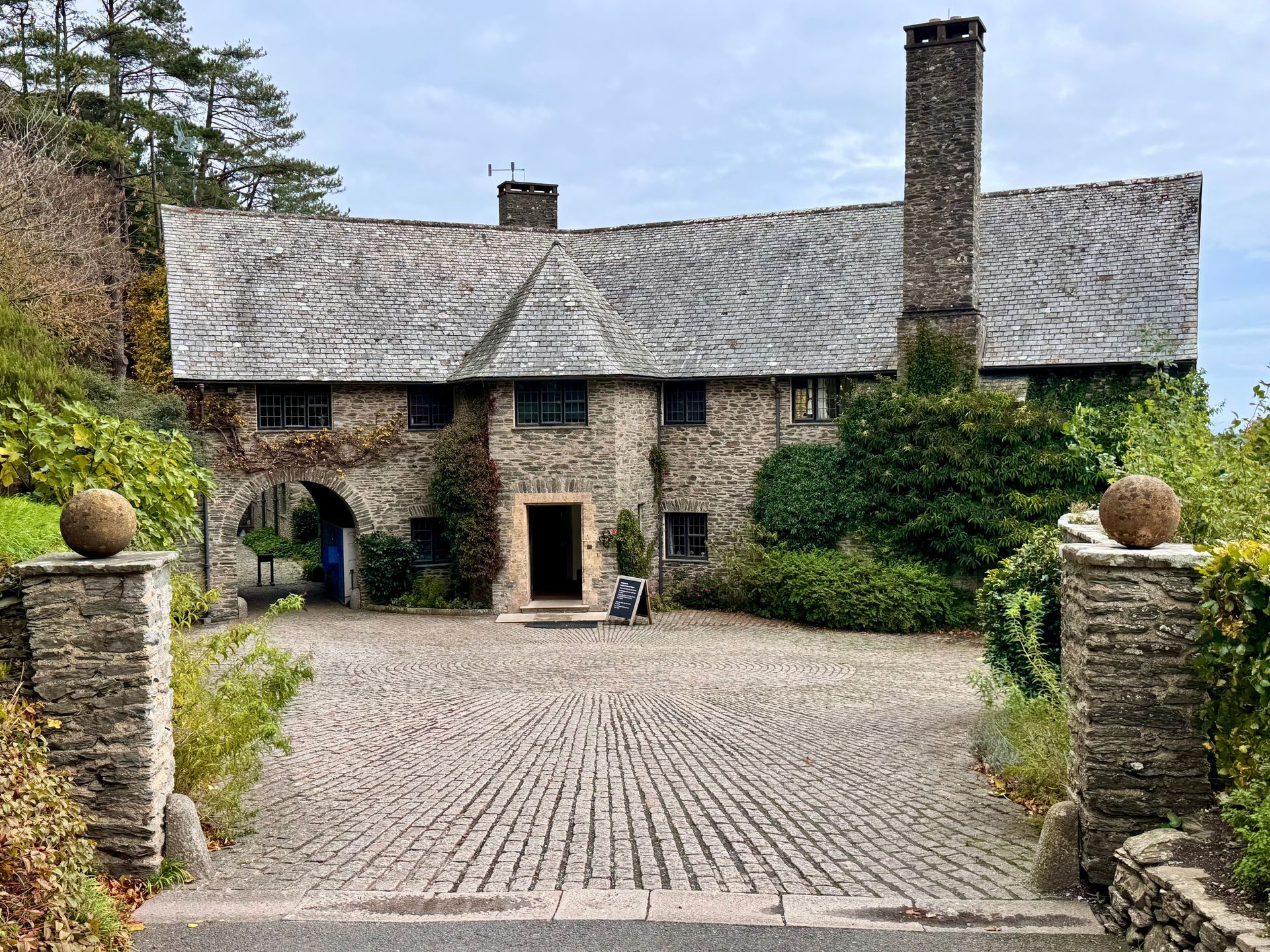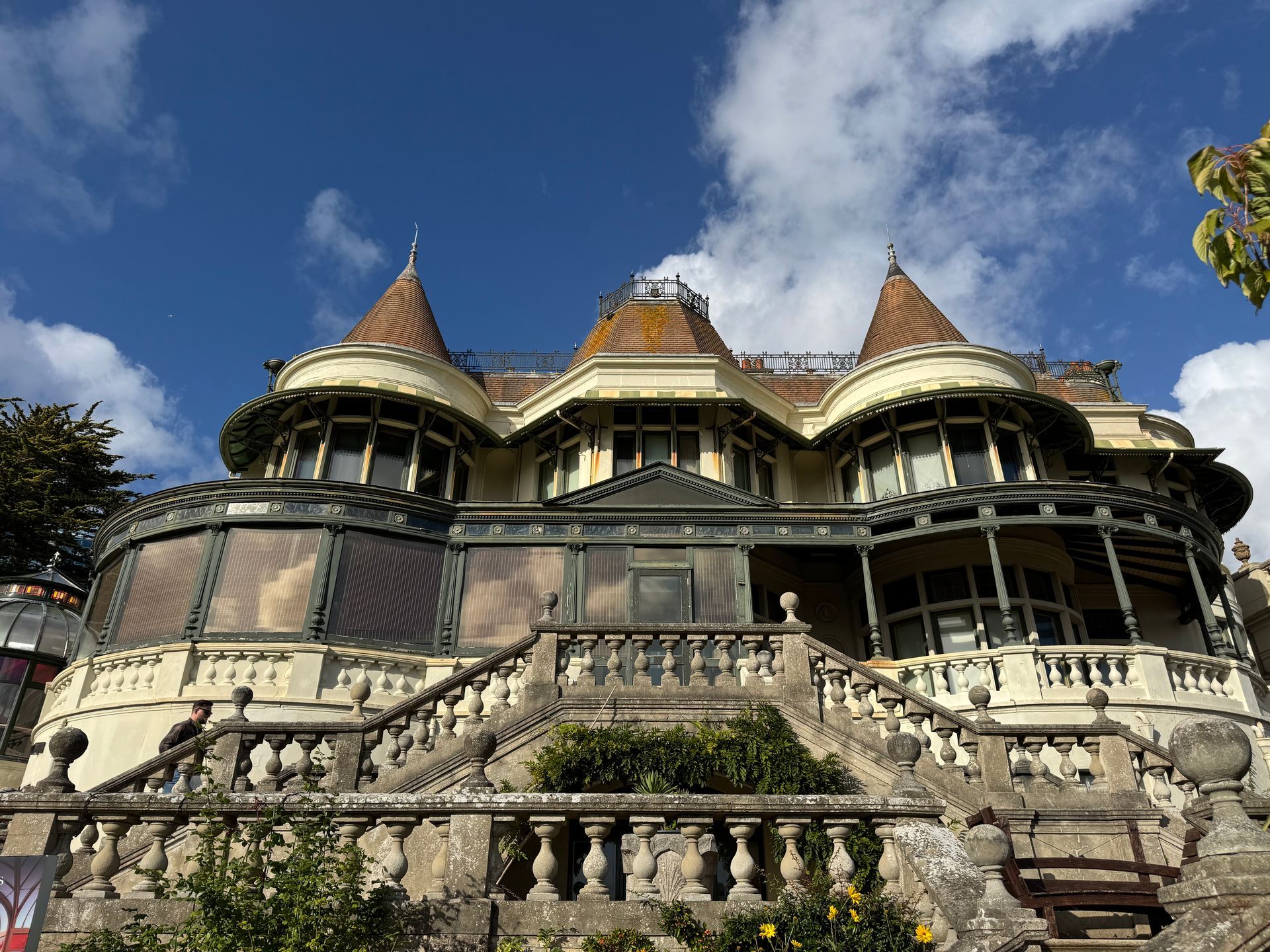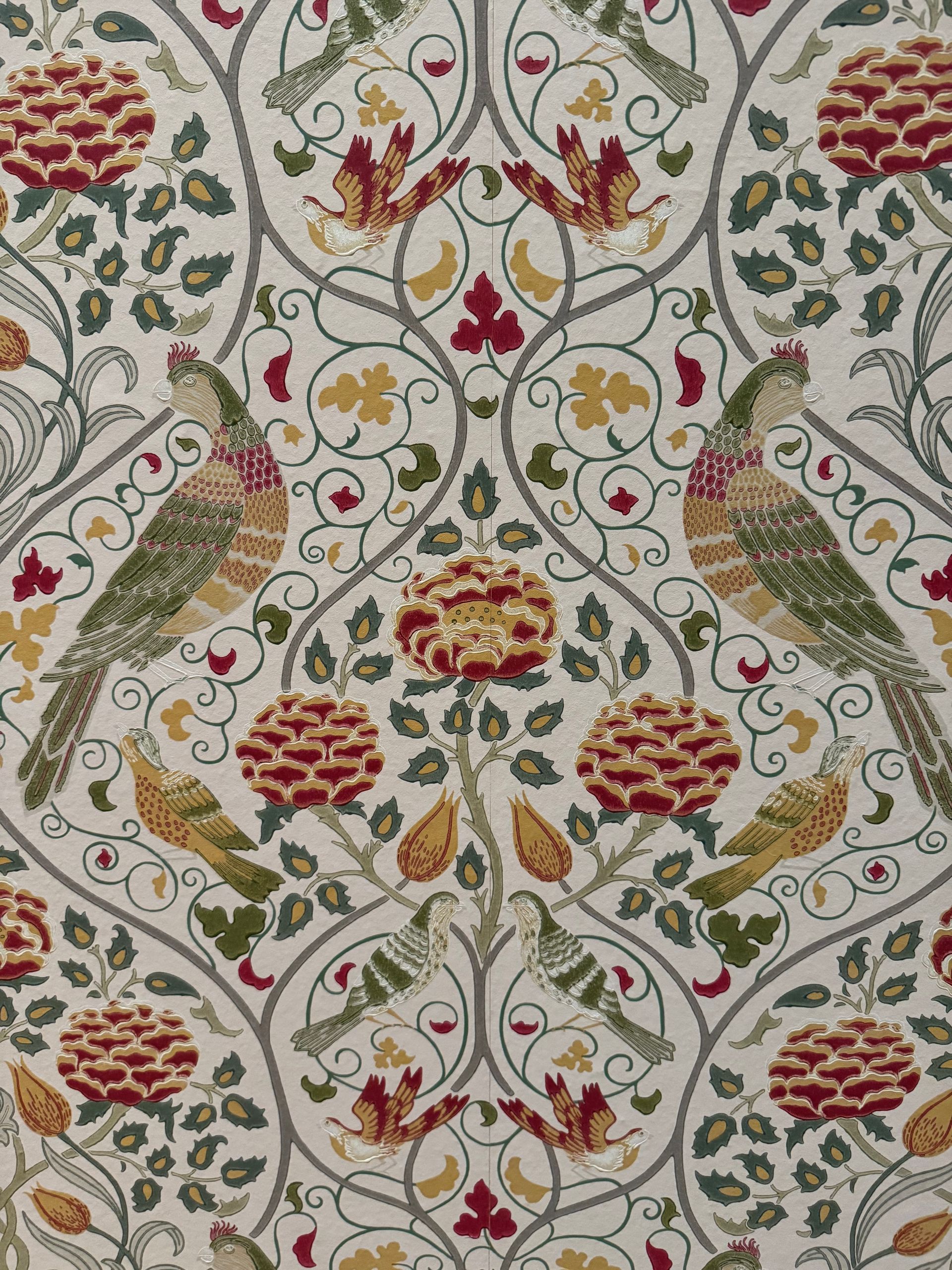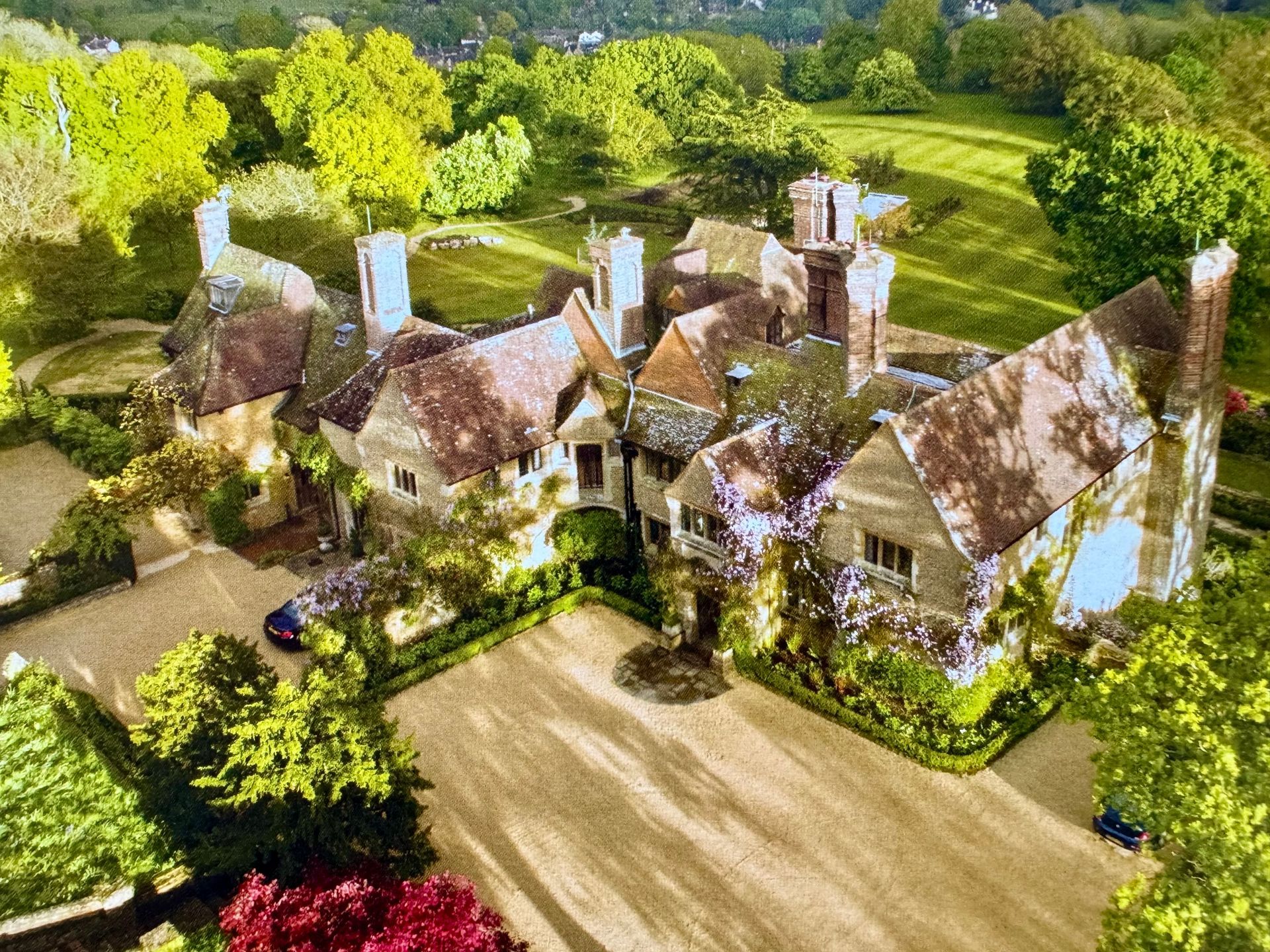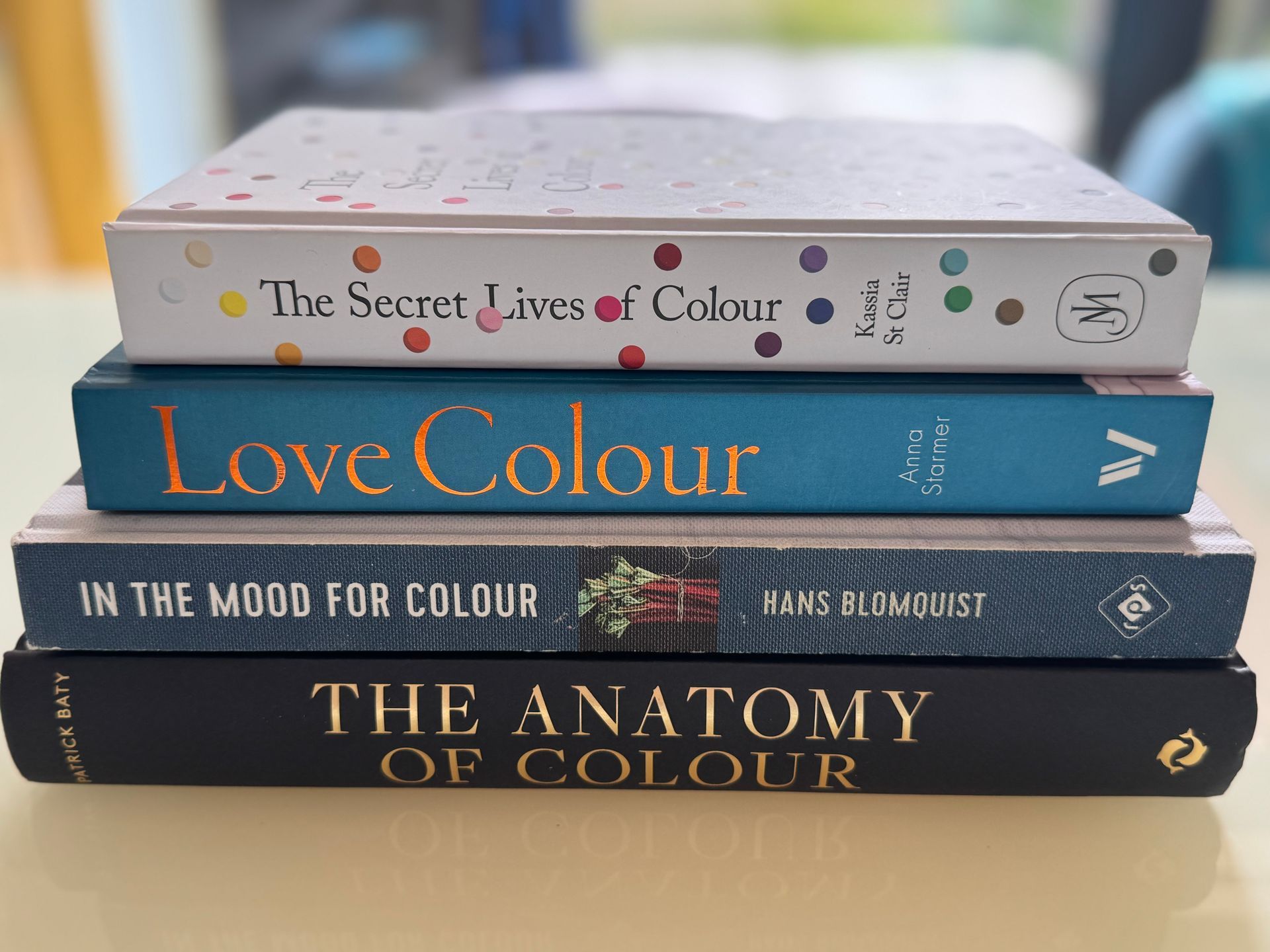Lessons from England’s Last Castle
Lutyens’ challenge was to balance that vision with practicality, and it’s in that tension that the building’s genius lies. The result is a home that feels both ancient and modern: granite walls, deep recessed windows and battlement. But inside, the rooms are surprisingly intimate and comfortable. And that’s part of the Lutyen’s effect. His eye for detail meant that whether it was window catches or fitted furniture, every detail was considered and designed for a specific situation.
What heritage homes can teach us
1. The importance of context
Lutyens designed Castle Drogo to sit in the landscape, not just on it. The granite came from nearby quarries, echoing the cliffs and tors of Dartmoor itself. In heritage design, that sense of belonging is key. Materials and proportions should always relate to their setting if a building is going to excel. Even in contemporary renovations, thinking about context brings authenticity and longevity.
2. Craftsmanship as character
Every stone at Drogo was hand-finished. There’s a tactility to the place. You can see and feel the craftsmanship in the walls, joinery and metalwork. It’s a reminder that real beauty often lies in what’s made slowly and skilfully. Castle Drogo demonstrations that traditional techniques give a space soul and quality, something that can’t be replicated with mass-produced materials.
3. The value of thoughtful modernisation
Castle Drogo has undergone major restoration in recent years to address structural issues and improve sustainability. It’s proof that heritage and modern living don’t have to be at odds. Sensitive upgrades, from better insulation to concealed lighting or smart heating systems, can enhance comfort without compromising character. The goal is always to respect what’s there while making it fit for the future.
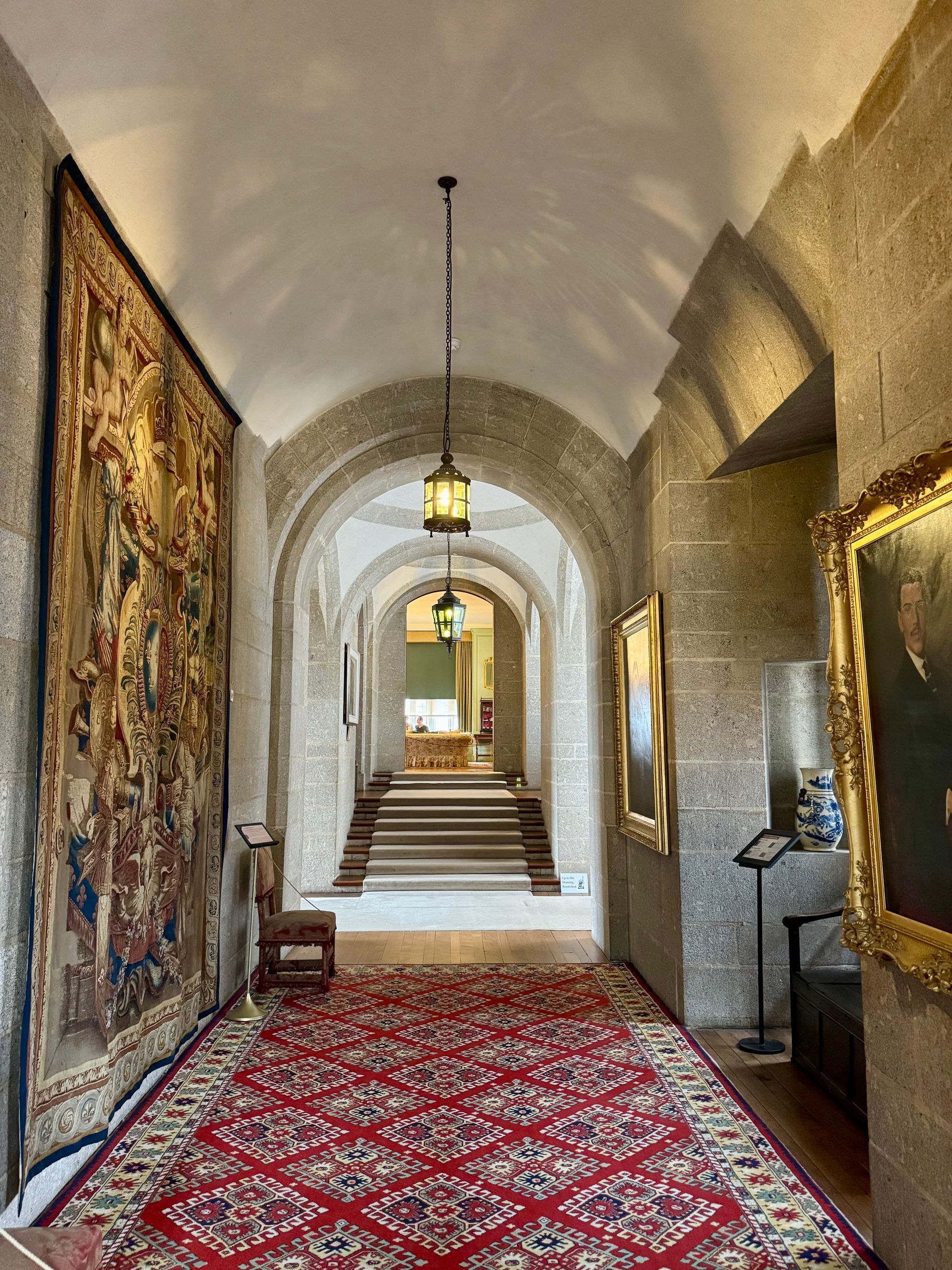
Slide title
Write your caption here
Button
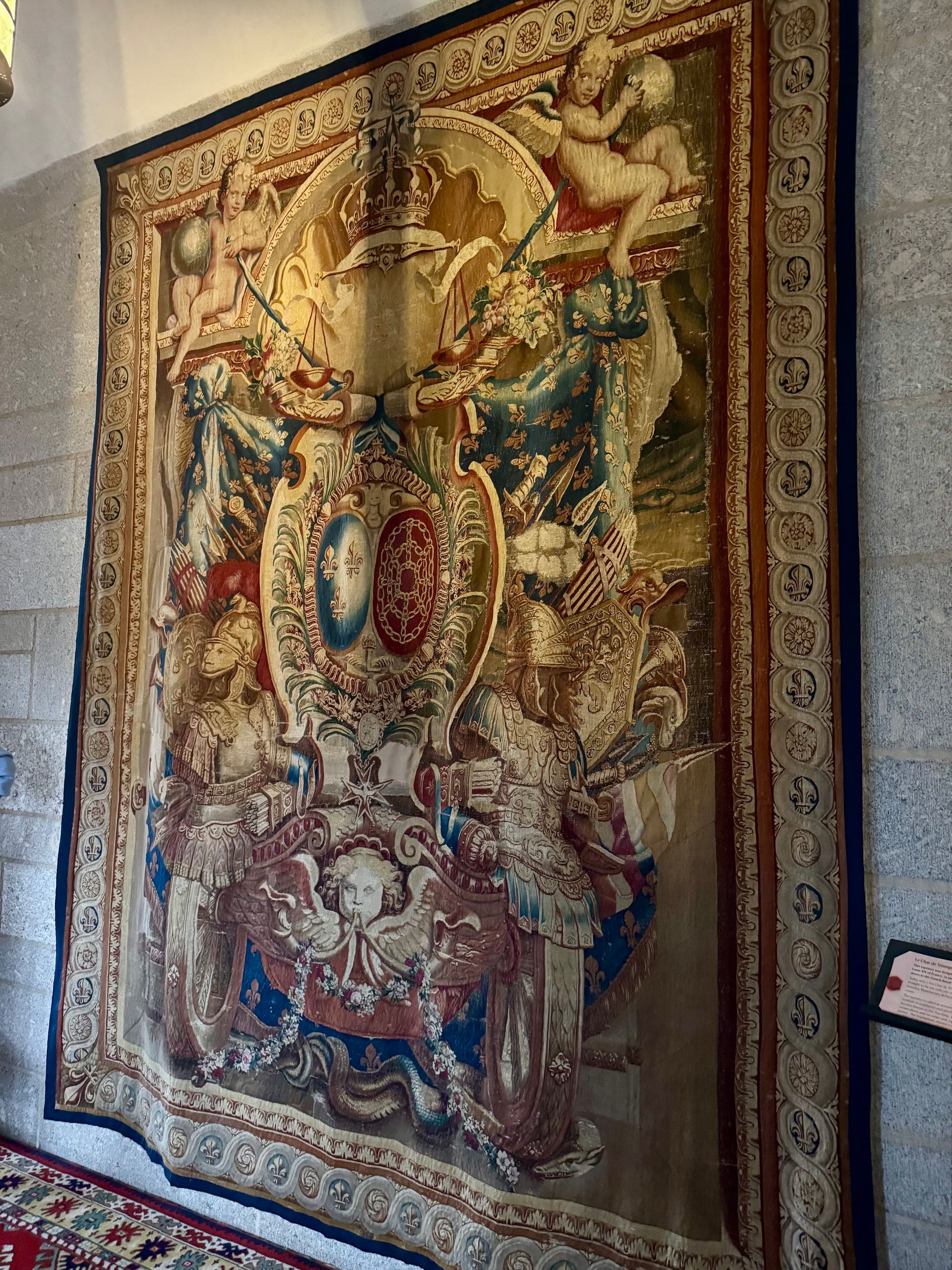
Slide title
Write your caption here
Button
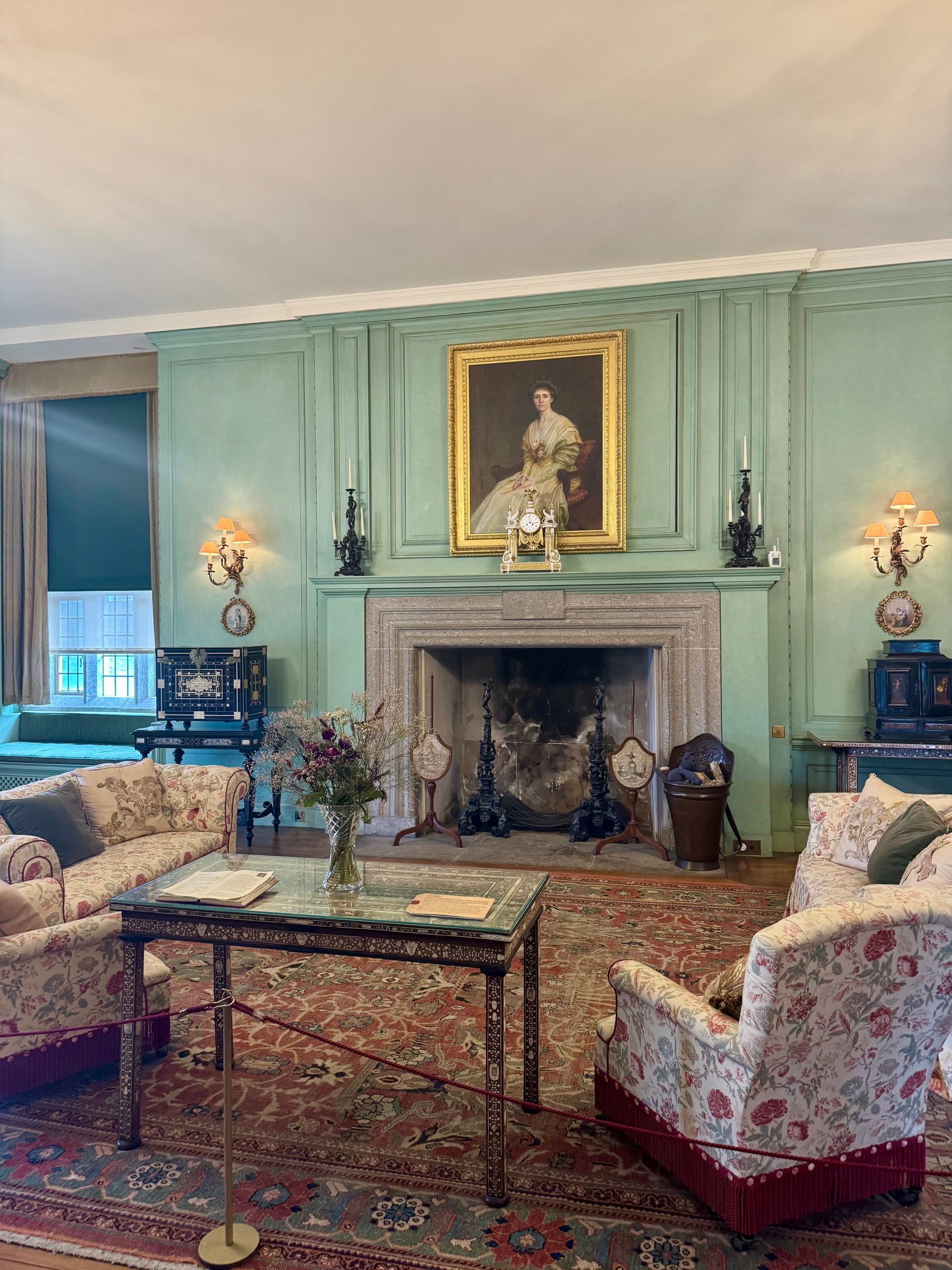
Slide title
Write your caption here
Button

Slide title
Write your caption here
Button
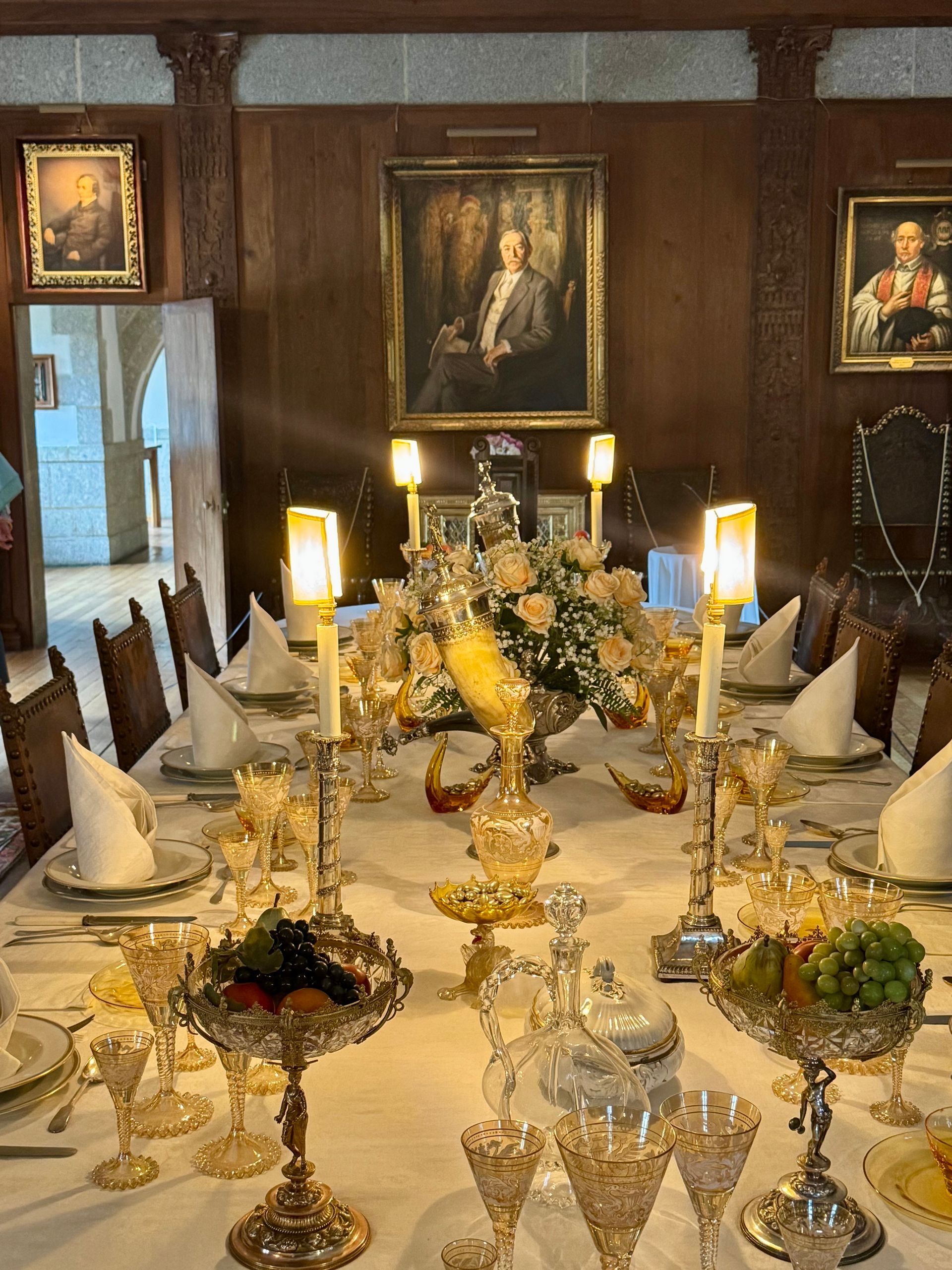
Slide title
Write your caption here
Button
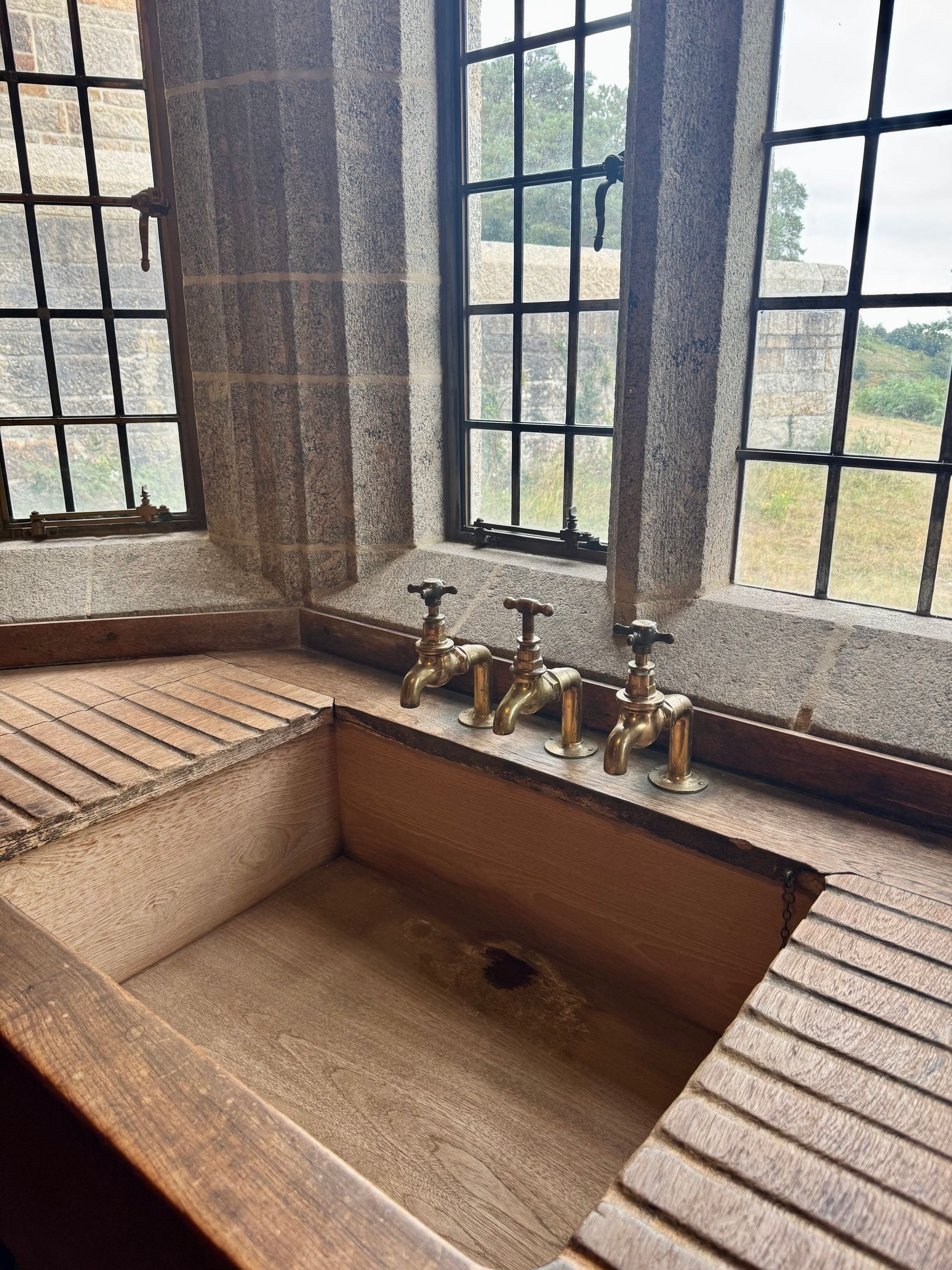
Slide title
Write your caption here
Button
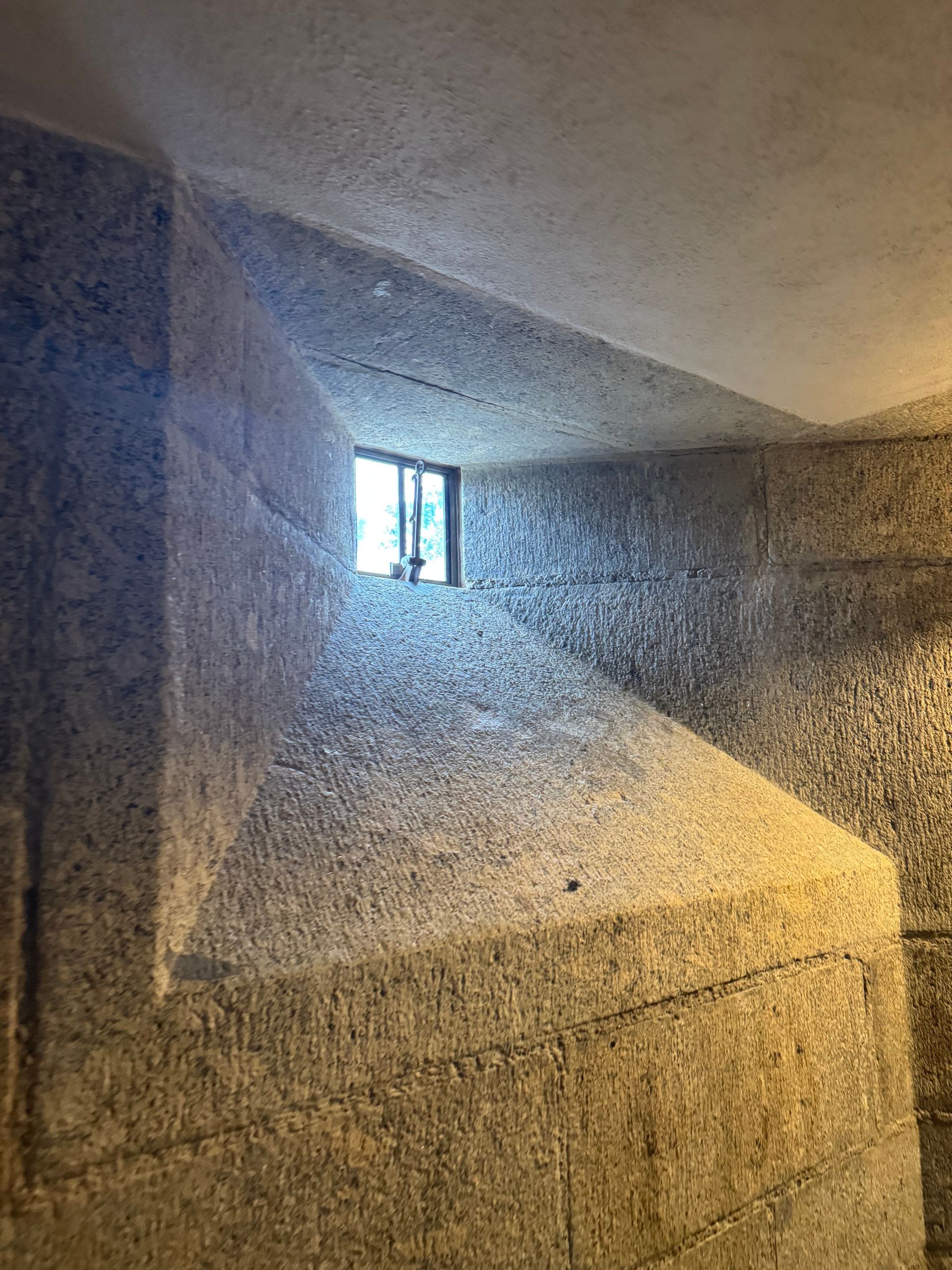
Slide title
Write your caption here
Button
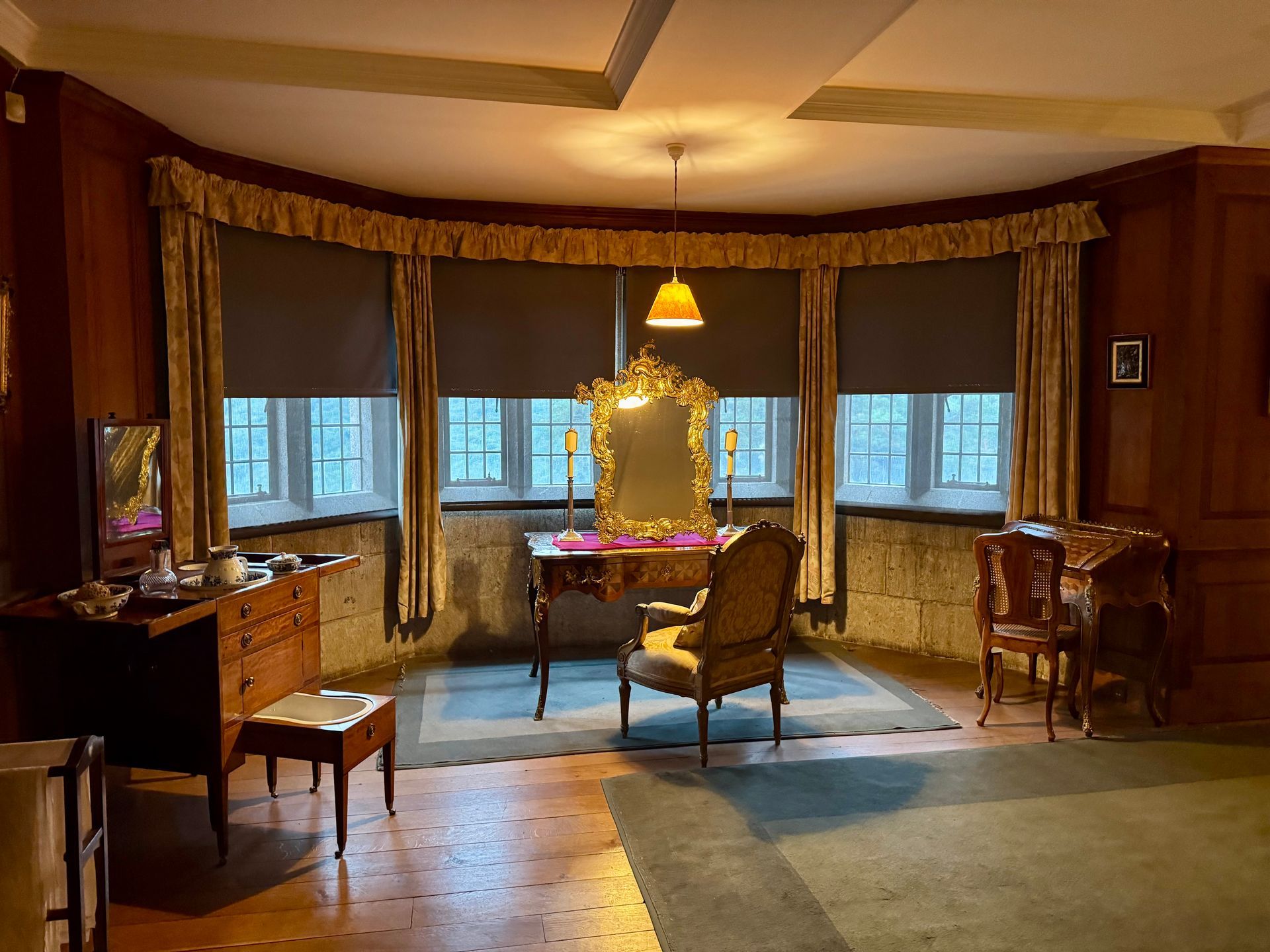
Slide title
Write your caption here
Button
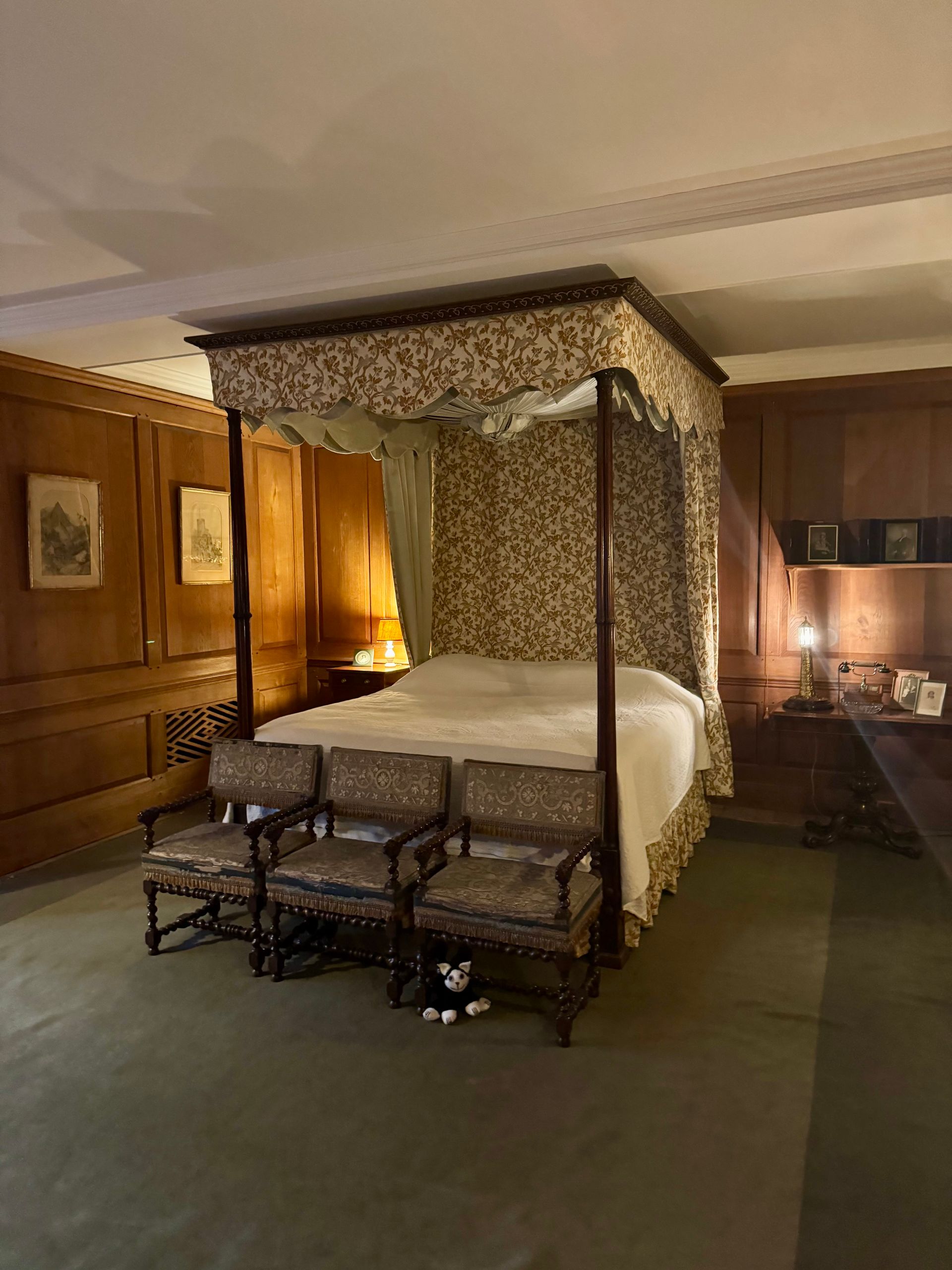
Slide title
Write your caption here
Button
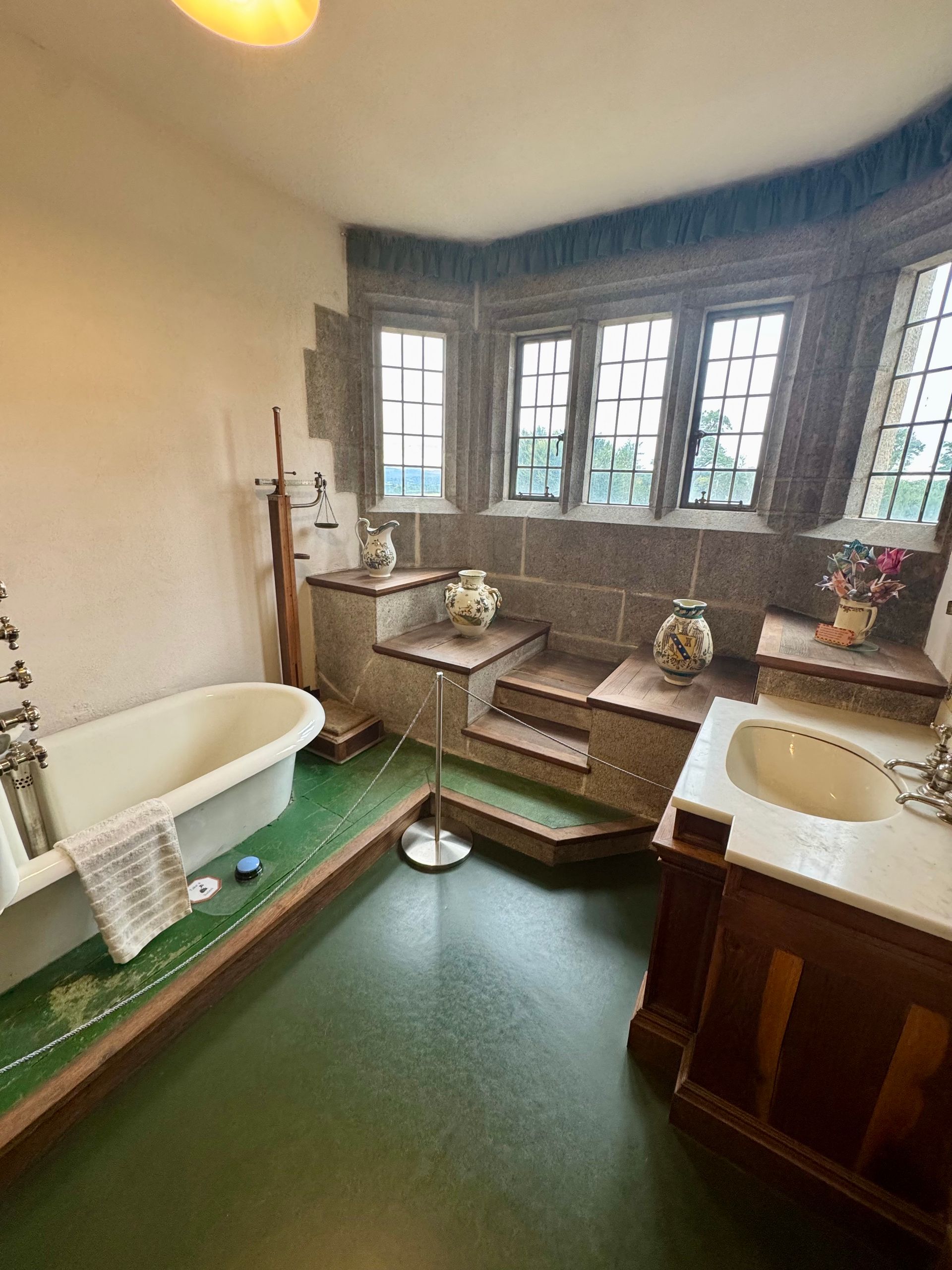
Slide title
Write your caption here
Button
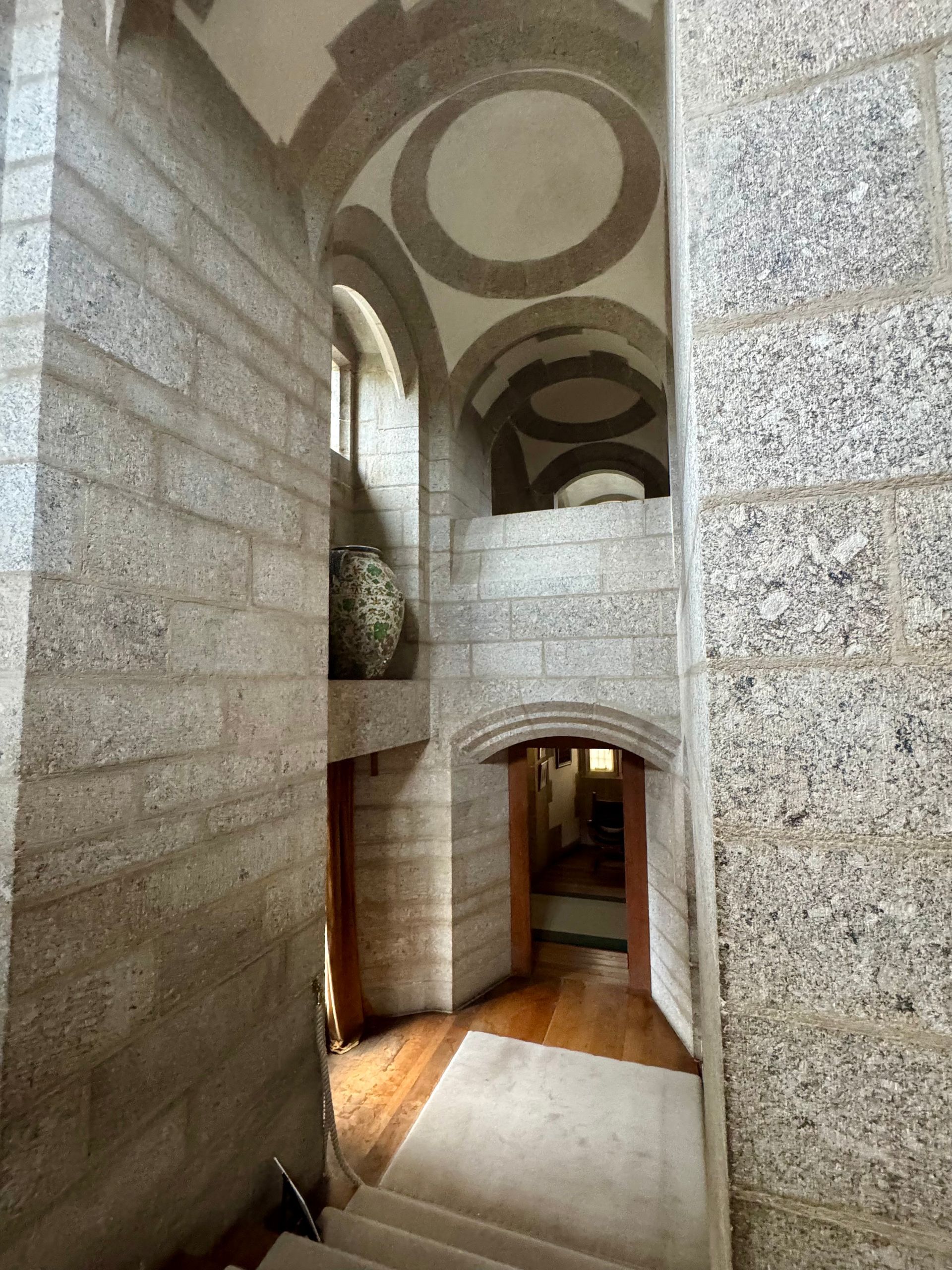
Slide title
Write your caption here
Button
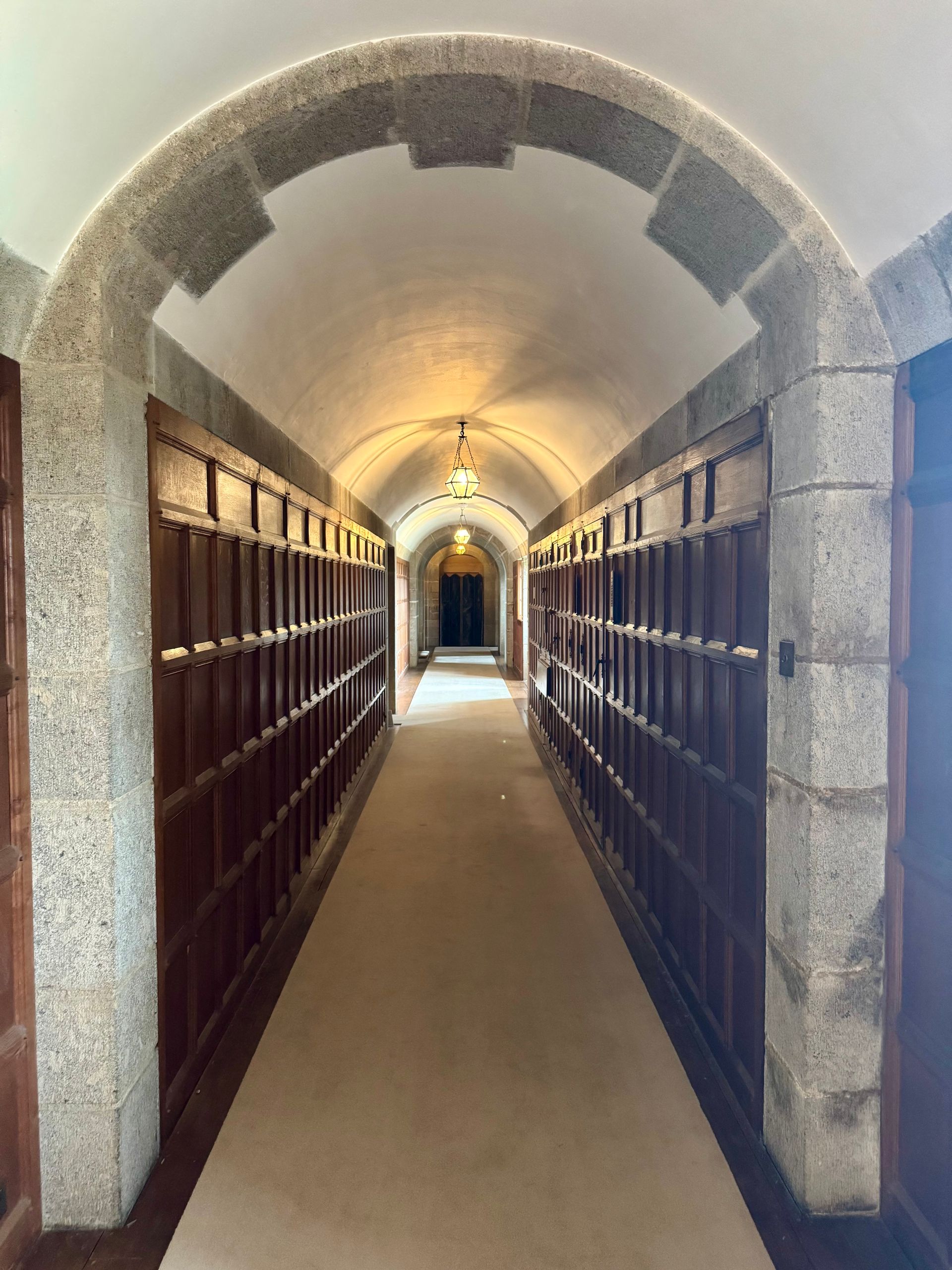
Slide title
Write your caption here
Button
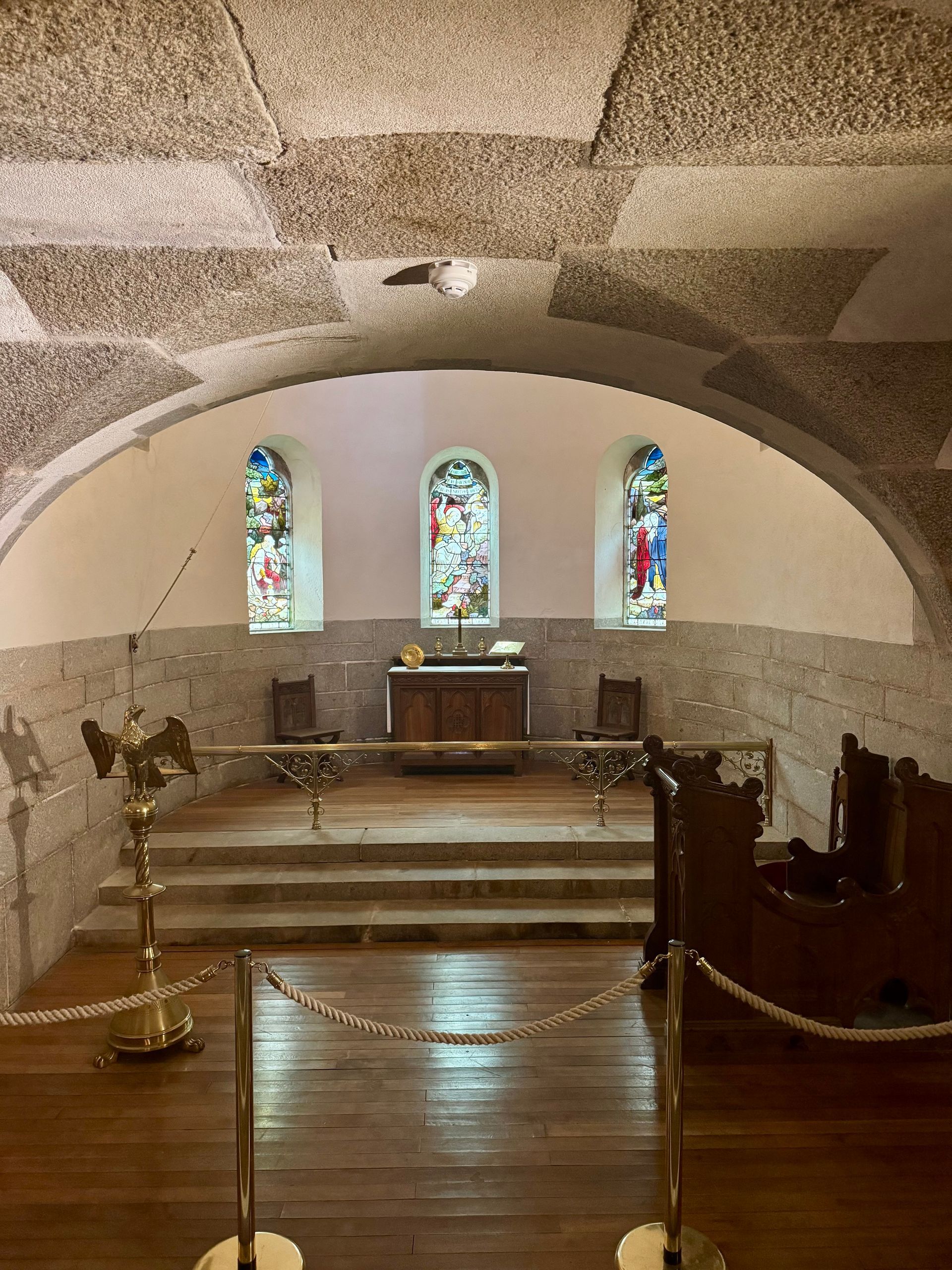
Slide title
Write your caption here
Button
A listing impression
What I took away most from my visit was a renewed appreciation for design that endures. Castle Drogo isn’t just a relic of another age; it’s a masterclass in how to blend vision with restraint, tradition with innovation.
For anyone living in, or dreaming of restoring, a heritage home, it’s a reminder that great design isn’t about chasing trends. It’s about creating something that belongs: to its setting, to its materials, and to the lives lived within it.
Some highlights to look out for
Le Char de Triomphe Tapestry
Designed by Charles Le Brun, court painter to King Louis XIV, this tapestry was one of series that hung over doors in French palaces. Only a few survive today, and the one of Castle Drogo is thought to be the only one of display. It was woven in 1692 and took six weavers four years to complete.
Is the client always right?
Julius Drewe was determined to have a flat roof on the castle, so he could entertain guests and look over the parapet. With the damp Dartmoor weather working against them, Lutyens advised against this. Determined to have his vision realised, Drewe pushed ahead with a flat roof, which began leaking in 1913, before the building was even completed. Although Castle Drogo’s design was driven by technology, technology had not advanced enough to make the building watertight. Repair work was eventually started in 2007, with the help external funding, and the building became watertight for the first time in nearly one hundred years.
All the mod cons
Drewe had a love of gadgets and technology, and Castle Drogo exhibits the very best mod cons of the era. From electricity generated by a turbine in the valley and an integral vacuuming system, to a telephone exchange and a passenger lift, the castle has it all. One of the most intriguing gadgets is the use of electric light, instead of candles, on the dining table. They were powered by connecting with an electric tablecloth. Julius's daughter Frances remembered that her father was very proud of it. It worked well – until a glass of wine was spilt - causing "a brief panic in case the moisture short-circuited the cloth and blew the fuses".


